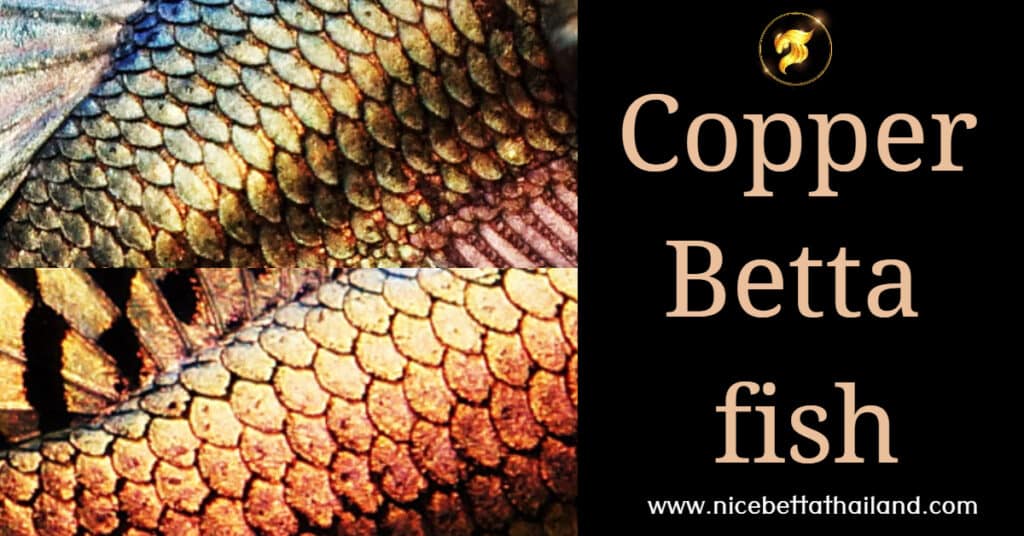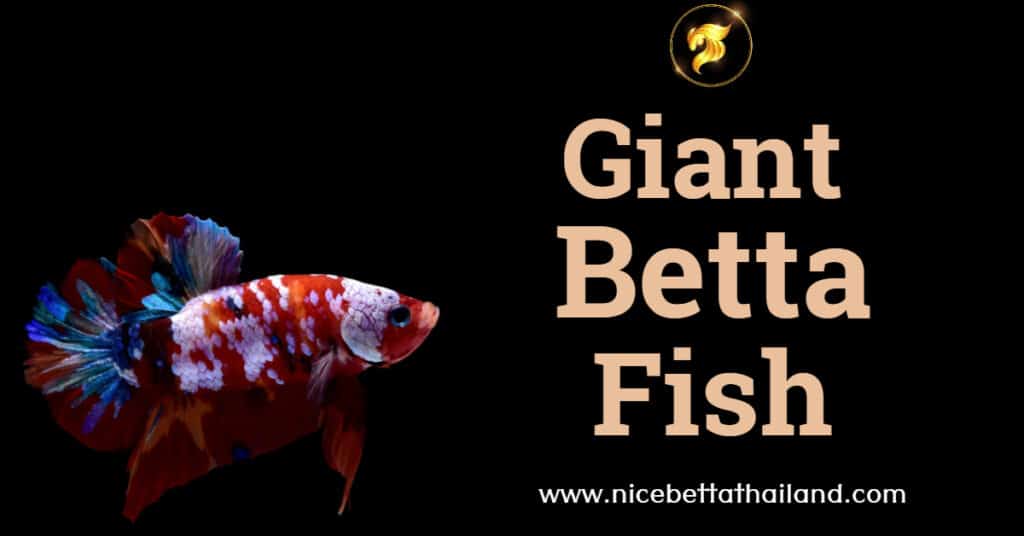Simple Live Food Cultures For Growing Healthy Betta Fry. Hobbies can mold a person’s life in a way that can be unimaginable. Not only can they help you to be productive, but also provide you with immense knowledge. In this world, anything and everything can be a hobby, be it creating art or helping people.
One such interesting hobby is raising aquarium fish. While it can be a hobby it can also be work. Whatever form it is, raising aquarium betta fish can be a fun task that will give you lots of knowledge and satisfaction. Raising Betta fry can be work but it can also be lots of fun.
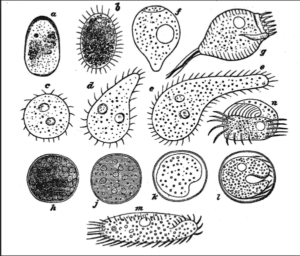
While some aquarium fish species don’t need much attention, growing Betta fry requires a little of your time, patience, knowledge, and dedication. One cannot just let things happen completely on its own to the Betta fry. A person has to follow several steps if he or she wants his Betta fry to grow healthy. If one neglects proper Betta care and feeding it is quite likely that the Betta fry would be unhealthy, not grow normally, or perhaps even die.
Betta fish are a bubble-nesting species. Their fry will spend the first few days in the nest. This nest will be guarded by the male Betta who will ensure that no fry falls off the nest. During this period, the fry feed on their yolk sacs attached to its bodies and thus require no additional food. Once they start swimming, you will have to feed them. What and how much you feed them determines how healthy and quickly your culture will grow.
Here are some of the feeding steps that one must follow so that the Betta Fry culture grows not only quickly, but also healthy.
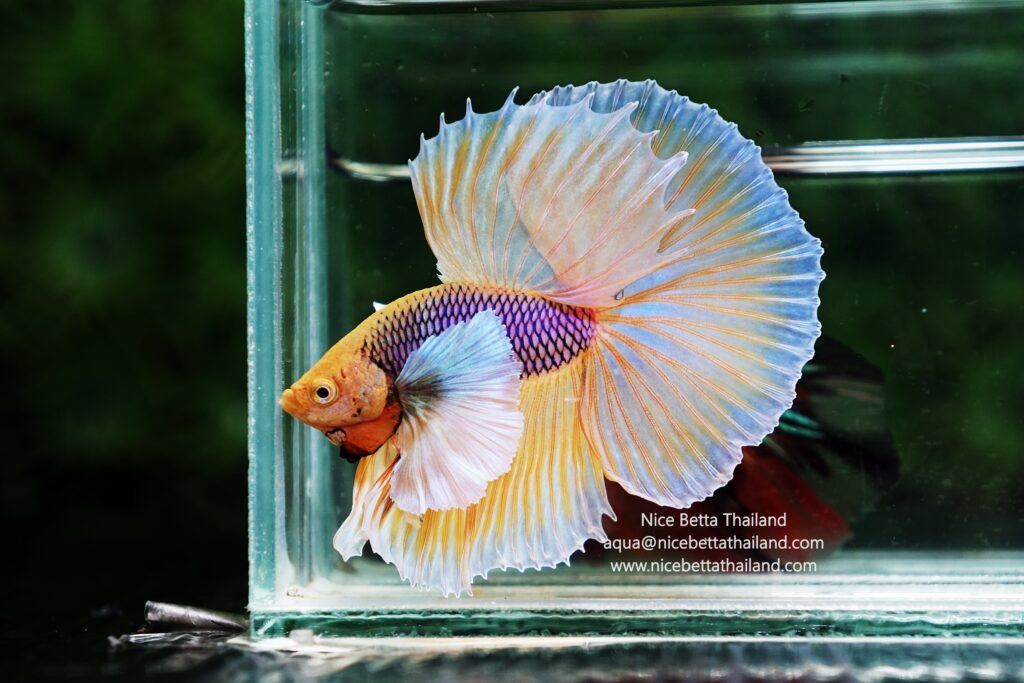
Culture of Infusoria
One must start the culture of Infusoria several days before the Betta pair will spawn. This is done so that the Infusoria culture is ready before the fry hatch. Infusoria will be fed to the fry for the few days after it has completed feeding on the yolk sacs. Infusoria are tiny aquatic organisms that the fry can hunt down easily and consume.
How to Culture Infusoria
Take a large plastic or glass jar and fill it with water. Then ‘seed’ it with Infusoria, which is available at local fish stores and even from online live food culture suppliers. To feed Infusoria, you can boil a piece of lettuce and place it in the jar.

Wait for a few days for the fry to hatch. Before hatching and before the free-swimming stage fry in its microform feeds on its egg yolk and the male Betta takes care of the fry. So, all you have to do is wait for it to start swimming.
Remove the Male Betta
Once the Betta fry has become free-swimming remove the male Betta splendens from the tank. Though the male Betta usually does not harm the Betta fry, to be on a safer side, remove it and give it a separate tank as it’s new home.
Maintain the Temperatures of the Tank
It is very important that the temperature of the tank is well maintained. Any drastic change in the water temperature can hamper the growth of the culture. It is recommended that the water temperature remains between 75 to 80 Fahrenheit in which the Betta fry culture is present. A temperature controller may be a good idea for delicate use especially and you can find more about making a temperature controller here.
Feed Infusoria to Your Betta Fry Culture
You can now start feeding Infusoria to your Betta Fry Culture. With the help of a dropper you can siphon small amounts of Infusoria into the tank. Make sure that you don’t mix any vegetable matter because the fry cannot consume anything bigger than the Infusoria at this stage. Feed the Betta fry this Infusoria three to four times a day. After four days or so, the fry will be big enough to consume larger food.
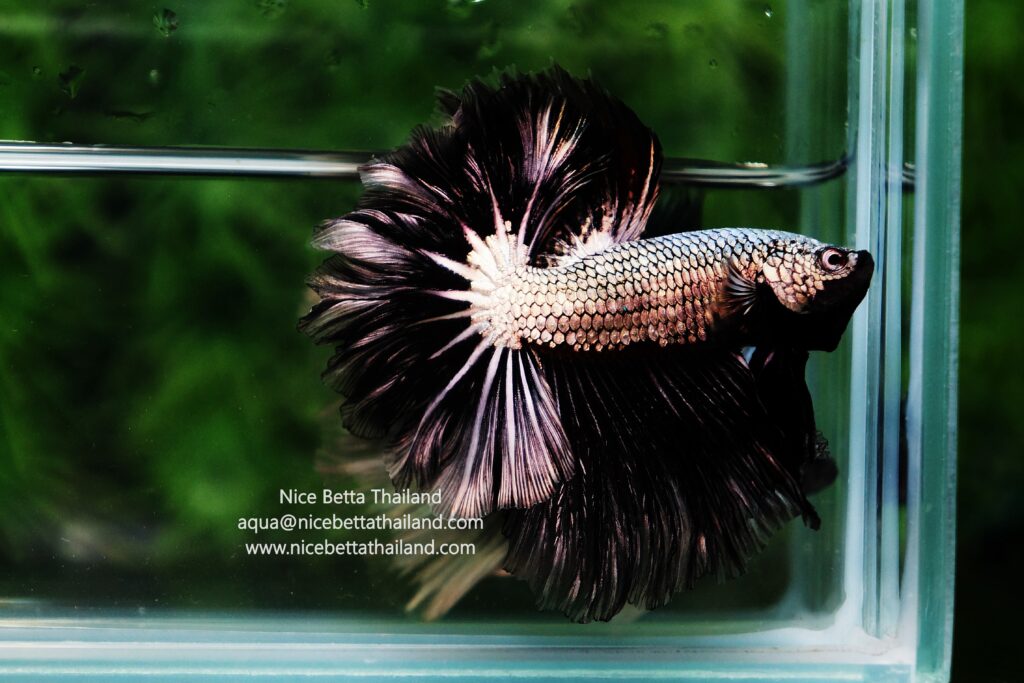
Offer Your Betta Fry Baby Brine Shrimp
Now that your Betta fry group is big enough to consume larger food, you can offer the culture newly hatched brine shrimps. You can use the dropper and feed them with brine shrimp in a similar manner as the Infusoria three to four times a day.
Once they have grown even more you can start offering the culture a variety of other small foods. They can be fed with micro worms and older brine shrimp often called artemia. You can also feed your Betta with crushed freeze-dried foods like bloodworms and daphnia.
Transfer your Betta fry into a bigger tank so that they have a bigger space to grow. Until the fry reaches 8 weeks of age, feed them 3 or 4 times a day.
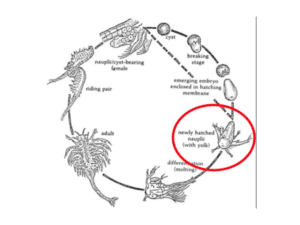
After about 8 weeks, when they are at least 3 or 4 inches long in size, you can keep your individual Bettas in separate jars and tanks and treat them like an adult Betta. Feed them quality food twice a day and continue raising them to maturity.
Also, one should note that Betta fry requires protein more than the matured Bettas. Once your fry have reached maturity and look and act like adults you can change to your normal regimen of feeding for healthy Betta. Often the hardest part of raising tropical fish in the aquarium can be feeding. We often overlook that tiny fry need tiny foods, and some have requirements like having their food move around to draw interest to the fry. Feeding tiny live foods serves both of these purposes. Try feeding live foods, it’s easy and a good way to grow more healthy fry to maturity in each batch you raise.
Also we have group talk about betta fish for sale and share any new tip take care information on Web3 socialFi group

Right now we have betta fish doctor help every bettas lover by top breeder in Thailand to cure or share more tip on Animalverse social
If your bettas fish sick or need tip to treat help Let’s join the group many top breeder will help to answers betta fish community
More tip :
15 Common Betta Fish Diseases Prevention and Treatment
How to make betta fry grow faster
All of Betta Fish A Guide on Patterns, Color in the world
Which best food for betta fish



